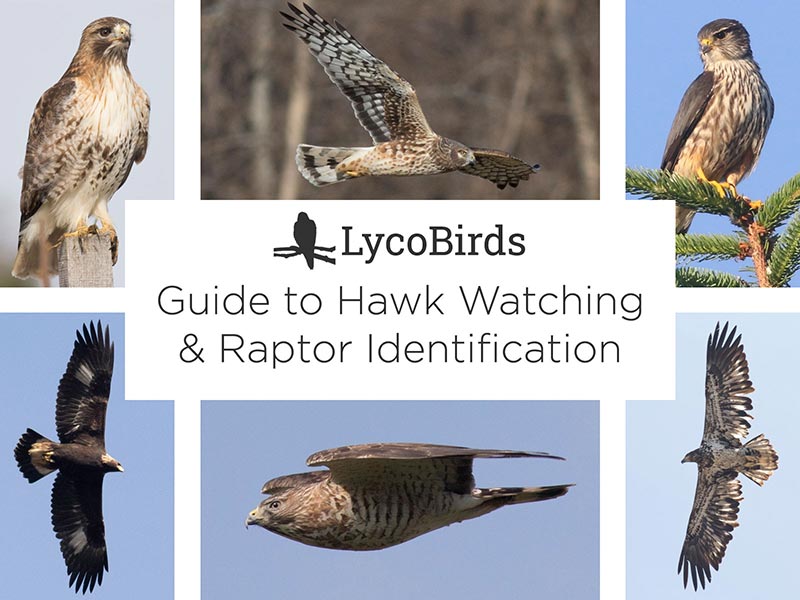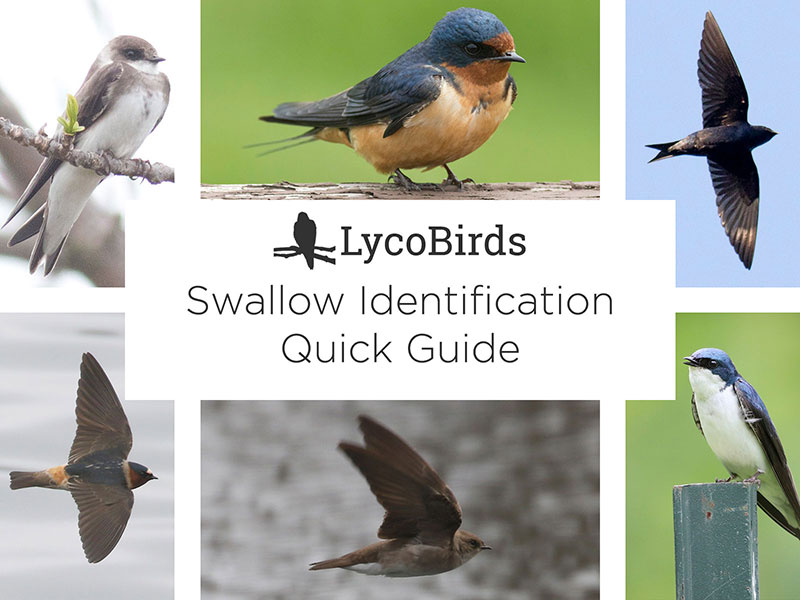Simplified Breeding Code Guidelines for the PA Bird Atlas
With the third Pennsylvania Bird Atlas underway as of Janurary 2024, there has been quite a lot of confusion as to when you can use what breeding codes on which species. The third atlas is using a breeding chart rather than just "safe dates." This chart can be a little tricky to reference quickly and translate the status to what breeding codes are permissible to use. So, this page is a simplified reference that just tells you what is allowable given the date you select. This was last updated on 2/27/25 and is now based on the version 2.0 spreadsheet (which can be found on the atlas website) — and I will try to keep it up to date if additional changes to the official spreadsheet are published.
And a quick disclaimer. I'm a County Coordinator for the atlas (Lycoming County), but this tool is not officially maintained by the atlas staff, so if something here disagrees with the official atlas resources, go by the official resources.
According to Atlas Coordinator Amber Wiewel, the guidelines for breeding codes are as follows:
- Possible codes should only be used during "breeding only" weeks (i.e., safe dates).
- Probable codes should only be used during "breeding only" or "either" weeks.
- Confirmed codes can be used whenever confirmed behaviors are observed.
The lists you see below follow the guidelines above.
As a reminder, the breeding codes are:
Observed: No code; F (Flyover) - F can be tricky to apply correctly, see eBird's guidance
Possible: H (In Appropriate Habitat); S (Singing Bird In Appropriate Habitat)
Probable: S7 (Singing Bird Present 7+ Days); M (7+ Singing Birds); P (Pair in Suitable Habitat); T (Territorial Defense); C (Courtship, Display, or Copulation); N (Visiting Probable Nest Site); A (Agitated Behavior); B (Wren/Woodpecker Nest Building)
Confirmed: PE (Physiological Evidence); CN (Carrying Nesting Material); NB (Nest Building); DD (Distraction Display); UN (Used Nest); ON (Occupied Nest); FL (Recently Fledged Young); CF (Carrying Food); FY (Feeding Young); FS (Carrying Fecal Sac); NE (Nest with Eggs); NY (Nest with Young)
Do NOT use Possible or Probable codes for any species that are not on one of the lists below for the selected date!
Confirmed codes can be used whenever corresponding behavior is observed.
Species Lists
Any Breeding Code Can Be Used
These species are within their breeding window on the chart (B) for the selected date, so any breeding code, including the two Possible codes – H (In Appropriate Habitat) and S (Singing Bird) – can be used, if appropriate based on the behavior and habitat.
- Northern Bobwhite
- Wild Turkey
- Ruffed Grouse
- Ring-necked Pheasant
- Rock Pigeon
- Mourning Dove
- Killdeer
- American Woodcock
- American Goshawk*
- Barn Owl*
- Eastern Screech-Owl
- Great Horned Owl
- Barred Owl
- Short-eared Owl*
- Northern Saw-whet Owl
- Belted Kingfisher
- Red-bellied Woodpecker
- Downy Woodpecker
- Hairy Woodpecker
- Pileated Woodpecker
- American Crow
- Common Raven
- Carolina Chickadee
- Black-capped Chickadee
- Tufted Titmouse
- Horned Lark
- Carolina Wren
- European Starling
- House Sparrow
- House Finch
- Red Crossbill*
- Louisiana Waterthrush
- Northern Cardinal
* indicates a priority species for the atlas, and reports of these species may require additional documentation for inclusion.
Probable (and Confirmed) Codes Can Be Used
These species can either be migrating or on breeding territory for this date (E on the chart), so Probable breeding codes can be used if appropriate. Confirmed codes can be used on any date for all species, so these species are eligible for those as well. Do not use Possible (H and S) codes for these species. Quoting from the atlas handbook "Take note of singing birds in suitable habitat but do not consider them as Possible breeders until later visits." Also note that S7 and M shouldn't be used until a species is eligible for all codes.
- Canada Goose
- Mute Swan
- Trumpeter Swan
- Wood Duck
- Blue-winged Teal*
- Mallard
- Hooded Merganser
- Common Merganser
- Eurasian Collared-Dove
- Virginia Rail*
- Sora*
- Sandhill Crane*
- Wilson's Snipe*
- Ring-billed Gull
- American Herring Gull
- Common Loon
- Double-crested Cormorant
- Great Blue Heron*
- Great Egret*
- Osprey*
- Northern Harrier*
- Sharp-shinned Hawk*
- Cooper's Hawk
- Bald Eagle*
- Red-shouldered Hawk
- Red-tailed Hawk
- Long-eared Owl*
- Yellow-bellied Sapsucker
- Northern Flicker
- American Kestrel
- Merlin*
- Peregrine Falcon*
- Eastern Phoebe
- Loggerhead Shrike*
- Blue Jay
- Fish Crow
- Tree Swallow
- Purple Martin*
- Barn Swallow
- Cliff Swallow
- Golden-crowned Kinglet
- Red-breasted Nuthatch
- White-breasted Nuthatch
- Brown Thrasher
- Eastern Bluebird
- American Robin
- Evening Grosbeak
- Pine Siskin*
- Chipping Sparrow
- Field Sparrow
- Vesper Sparrow*
- Henslow's Sparrow*
- Savannah Sparrow
- Song Sparrow
- Swamp Sparrow
- Eastern Towhee
- Eastern Meadowlark
- Western Meadowlark
- Red-winged Blackbird
- Brown-headed Cowbird
- Common Grackle
* indicates a priority species for the atlas, and reports of these species may require additional documentation for inclusion.
Confirmed Codes Can Be Used
There are no date restrictions on Confirmed and Observed codes, so use them for any species when qualifying behavior is observed. Priority species for the atlas may require additional documentation for inclusion.


